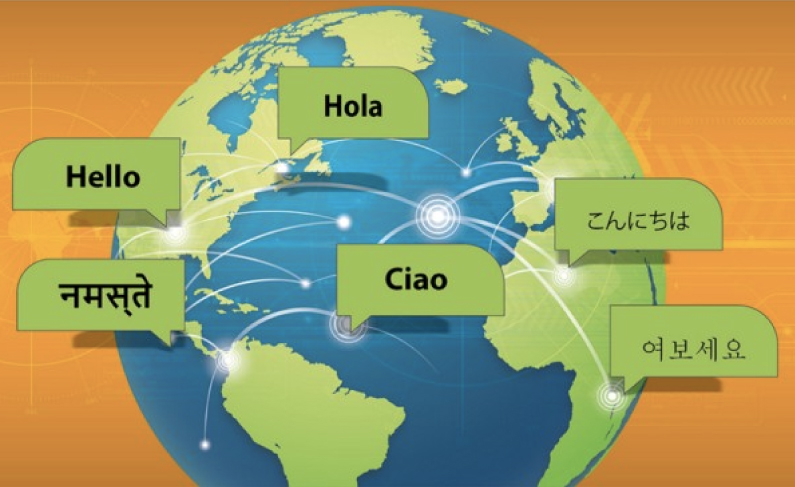Performing Quality Control on broadcast content has always been a very important element of any broadcast workflow. With the advent of OTT and the high expectation of discerning viewers of today, QC has become a critical aspect of content processing workflows. QC is the secret recipe for verifying the visual/audio quality of great content and can be a deciding factor between a bad experience, a decent experience and an amazing user experience. The value added by the QC process to the entire content value chain from creation to post-production, to broadcast, till consumption cannot be ignored. The proliferation of video content across formats, mediums, and geographies makes manual QC nearly impossible. Automated QC tools have become a necessity.
Need Of Localization in QC Software
The content industry is spread across geographies and as such needs to cater to users across the globe. To keep up with this need, file based QC has to not only broaden but also deepen its reach. Majority of the QC tools are used by local operators and professionals. If a show is being aired in Japan, what do you think will be the primary means of communication between most of the stakeholders involved? In any country where English is not the first or the predominant language, this will always be an issue. QC systems will need an entire overhaul to better serve the local professionals. It’s not enough to simply provide training in the local language but every aspect of the software needs to be localized. Localization cannot be a half-measure; it needs to go the whole nine yards. A file-based QC software is a crucial support system for the providers to churn out engaging and flawless videos to develop and retain their user base. As such, the ‘users’ of a QC software are the professionals working and dependant on the software. Most people are comfortable in their mother tongue or natural language. They tend to think in that language and a localized version of the software will definitely be more accommodating of such psychological and subliminal needs.
Venera’s QC Systems come equipped with Localized UI
The Venera file-based QC systems – Pulsar (for on-premise) and Quasar (for cloud), are already moving in this direction as we have implement a localized UI system in some languages such as Japanese and Korean. A version of the software in the local language enables easier access and allows users to fully exploit the functionality of the software. Furthermore, the reporting system, the second aspect of the file based QC software, should also be localized. As you can imagine, a QC report needs to be shared not only within the organization but also with several stakeholders across organizations that may be local or spread across the globe. This necessitates a fully functional multilingual QC system that can ‘talk’ to stakeholders in several languages without loss of data or communication. Sound far-fetched? Think again! We have already implemented the localization framework to accommodate non-English languages. And Japanese and Korean languages have already been added, with more localized languages coming. For us, localization is not just a word, it’s the path ahead.
We would welcome to hear your thoughts on the importance of Localization in QC systems. Does this feature make your life easier? Any other languages that you would want us to include? Feel free to share your feedbacks in the comments section below.
If you want to have a deeper insight into our QC solutions (Pulsar & Quasar) with this localization capability, do get in touch with us or request a free trial at sales@stage.veneratech.com. You can read more about our solutions at:
Pulsar – www.veneratech.com/pulsar
Quasar – www.veneratech.com/quasar


